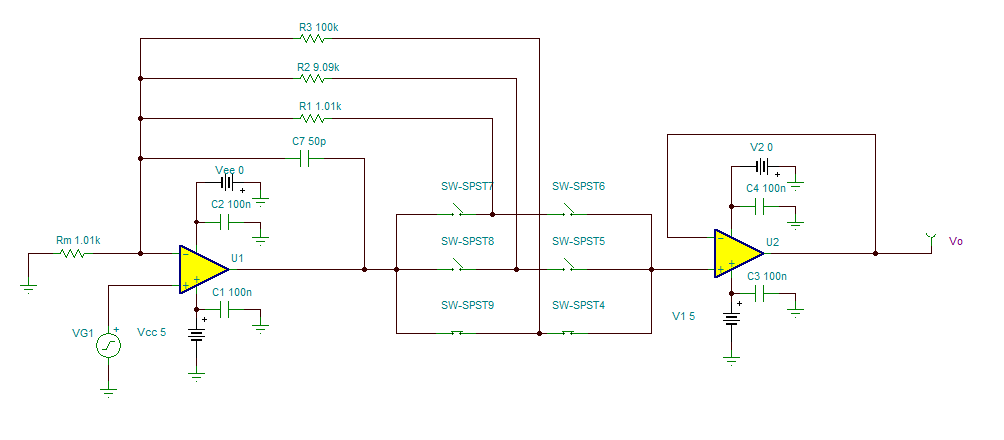Hi,
I am looking for more information regarding Programmable Gain Amplifiers (PGAs). Specifically, what are the pros and cons for choosing an integrated PGA over building a discrete PGA, by selecting the amplifier and multiplexer of my choice?
Thanks,
Nikhil


